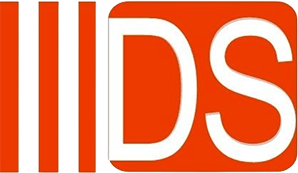-
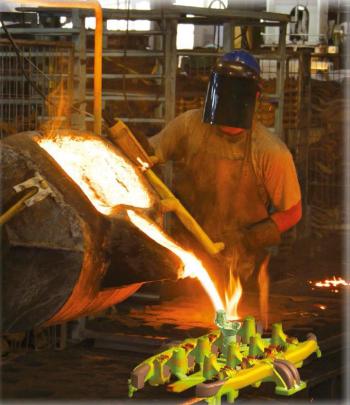
Reducing Scrap Rates and Enhancing Parts Quality in Casting Foundries
Casting foundries play a crucial role in the manufacturing industry, producing components for a wide range of applications, from automotive to aerospace. However, one of the persistent challenges they face is reducing scrap rates while maintaining or improving parts quality. High scrap rates ...Read more -
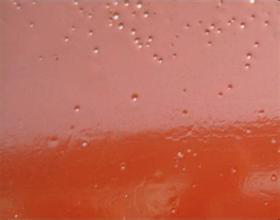
Common Casting Defects: Causes and Prevention Methods – Part II
Six Common Casting Defects: Causes and Prevention Methods (Part 2) In this continuation, we cover three additional common casting defects and their causes, along with prevention methods to help reduce defects in your foundry operations. 4. Crack (Hot Crack, Cold Crack) Features: Cracks in casting...Read more -
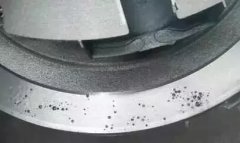
Common Casting Defects: Causes and Prevention Methods
In the casting production process, defects are a common occurrence that can result in significant losses for manufacturers. Understanding the causes and applying effective prevention methods is critical for quality assurance. Below are the most common casting defects along with their causes and r...Read more -
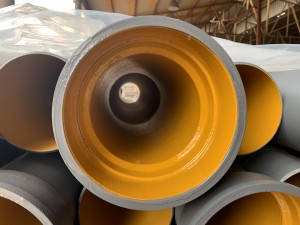
Our New Product: Rainwater Pipes And Fittings
Dinsen Impex Corp is a leading provider of EN877 cast iron pipes, offering a comprehensive range of rainwater pipes and fittings. Our products feature a standard gray metal primer with a rust inhibitor, ensuring long-lasting durability and resistance to corrosion. With our cast iron rainwater pro...Read more -
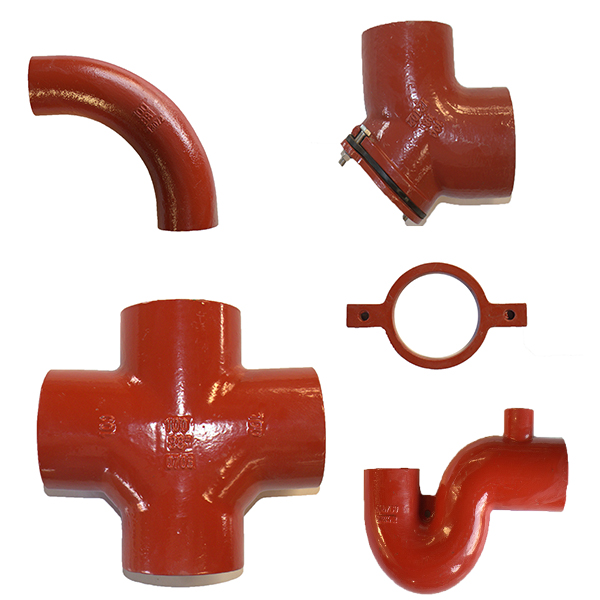
Introduction to Different Types of Cast Iron SML Pipe Fittings
Cast Iron SML Bend (88°/68°/45°/30°/15°): used to change the direction of pipe runs, typically at 90 degrees. Cast Iron SML Bend With Door (88°/68°/45°): used to change the direction of pipe runs while providing an access point for cleaning or inspection. Cast Iron SML Single Branch (88°/...Read more -
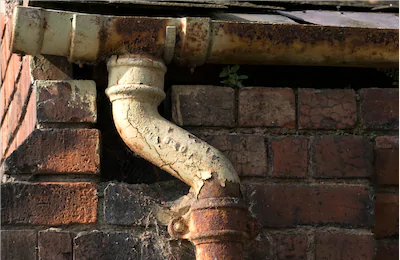
Issues with Ordinary (Non-SML) Cast Iron Pipes in Building Drainage: The Need for Repair
While cast iron pipes are expected to have a lifespan of up to 100 years, those in millions of homes in regions like Southern Florida have failed in as little as 25 years. The reasons for this accelerated degradation are weather conditions and environmental factors. Repairing these pipes can be v...Read more -
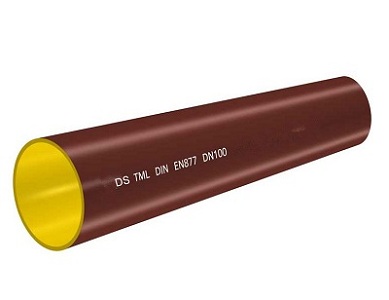
DINSEN® Cast Iron TML Pipe and Fittings
Casting quality TML pipes and fittings made from cast iron with flake graphite in accordance with DIN 1561. Benefits Robustness and high corrosion protection thanks to the high-quality coating with zinc and epoxy resin distinguish this TML product range from RSP®. Couplings Single or double-screw...Read more -
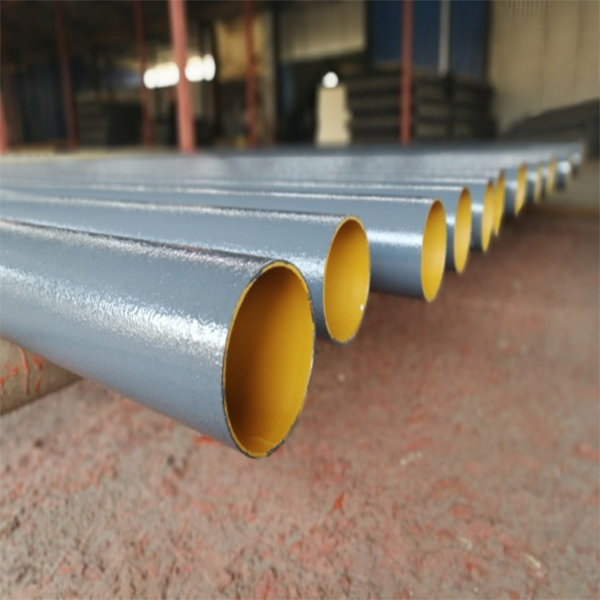
DINSEN® Cast Iron BML Pipe and Fittings
BML (MLB) Pipes for Bridge Drainage Systems BML stands for “Brückenentwässerung muffenlos” – German for “Bridge drainage socketless”. BML pipes and fittings casting quality: cast iron with flake graphite in accordance with DIN 1561. DINSEN® BML bridge drainage pipes are designed to me...Read more -
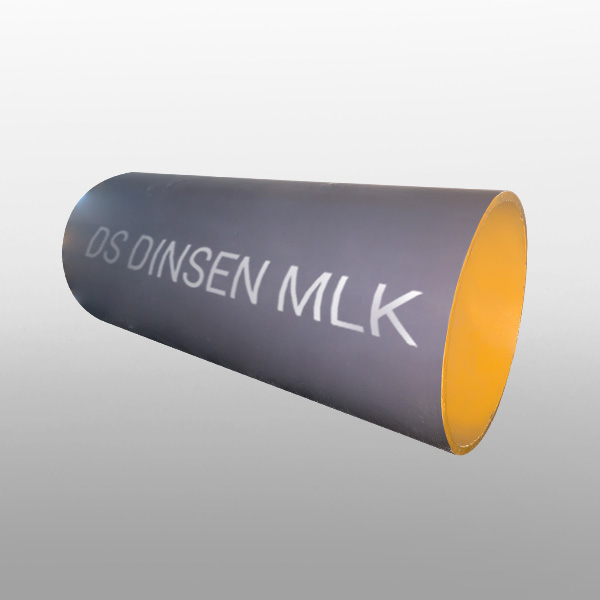
DINSEN® Cast Iron KML Pipe and Fittings
KML Pipes for Grease-Containing or Corrosive Wastewaters KML stands for Küchenentwässerung muffenlos (German for “kitchen sewage socketless”) or Korrosionsbeständig muffenlos (“corrosion-resistant socketless”). KML pipes and fittings casting quality: Cast iron with flake graphite in accordance wi...Read more -
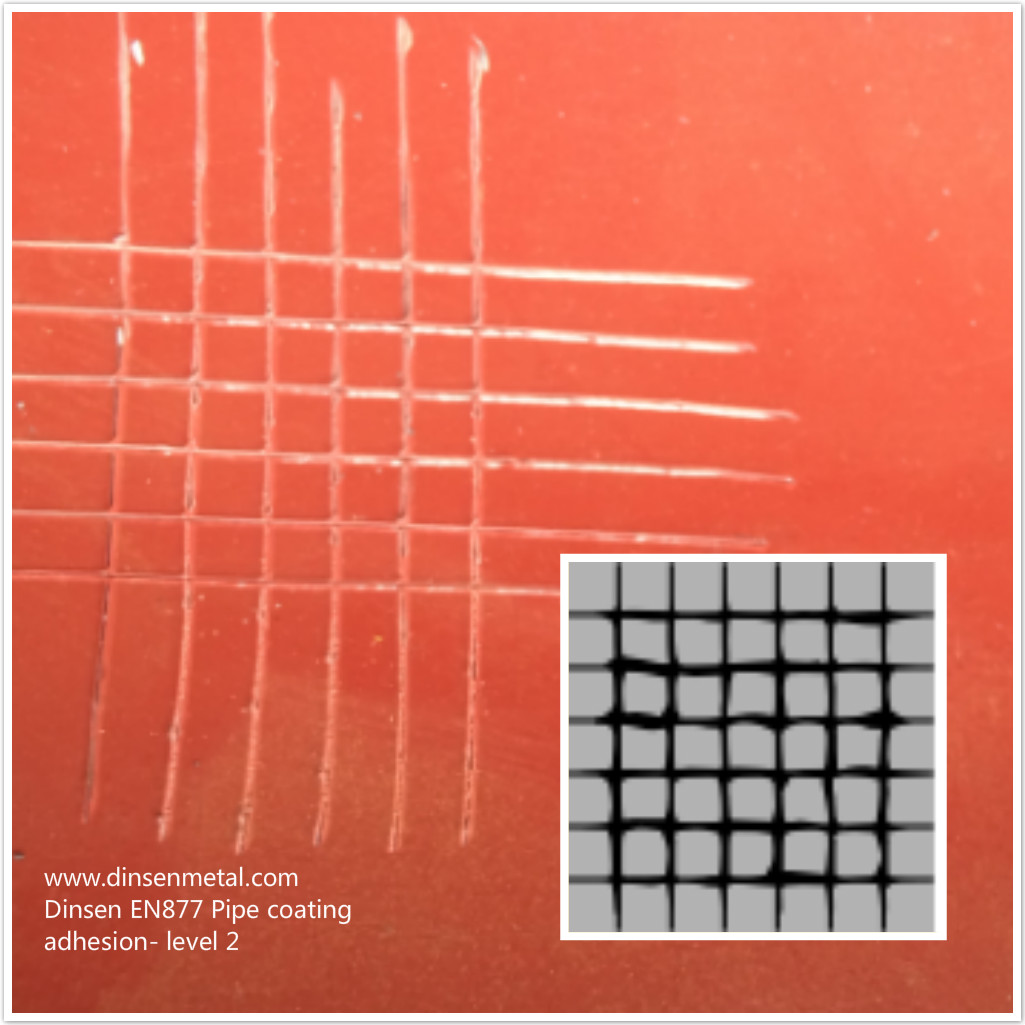
EN 877 Epoxy-Coated Cast Iron Pipe Adhesion Test
The Cross-Cut test is a simple and practical method for evaluating the adhesion of coatings in single or multi-coat systems. At Dinsen, our quality inspection staff uses this method to test the adhesion of epoxy coatings on our cast iron pipes, following the ISO-2409 standard for accuracy and rel...Read more -
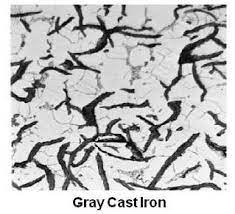
Properties, Advantages and Applications of Gray Cast Iron
Gray cast iron is the raw material used in SML cast iron pipes. It’s a type of iron found in castings, known for its grey appearance due to graphite fractures in the material. This unique structure comes from the graphite flakes formed during the cooling process, resulting from the carbon c...Read more -
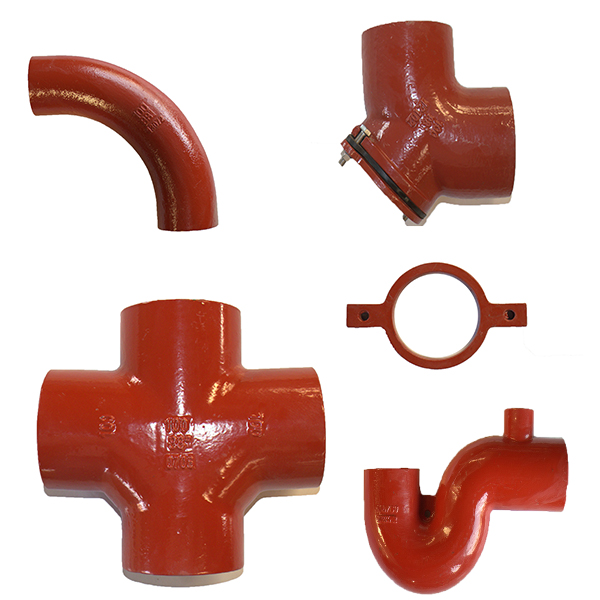
Pipe Fittings: Introduction to Different Types of Pipe Fittings
There are various types of pipe fittings in each pipe systems, serving different purposes. Elbows/Bends (Normal/Large Radius, Equal/Reducing) Used to connect two pipes, so to make the pipeline turn certain angle for changing the fluid flow direction. • Cast Iron SML Bend (88°/68°/45°/30°/15°) ...Read more
© Copyright - 2010-2024 : All Rights Reserved by Dinsen
Featured Products - Hot Tags - Sitemap.xml - AMP Mobile
Dinsen aims to learn from world famous enterprise like Saint Gobain to become a responsible, trusty company in China to keep improving the human being life!
contact us
- info@dinsenpipe.com
- +86-18931038098
- +8618931038098
- No.70 Renmin Road, Handan Hebei China
-

WeChat
-

WhatsApp

